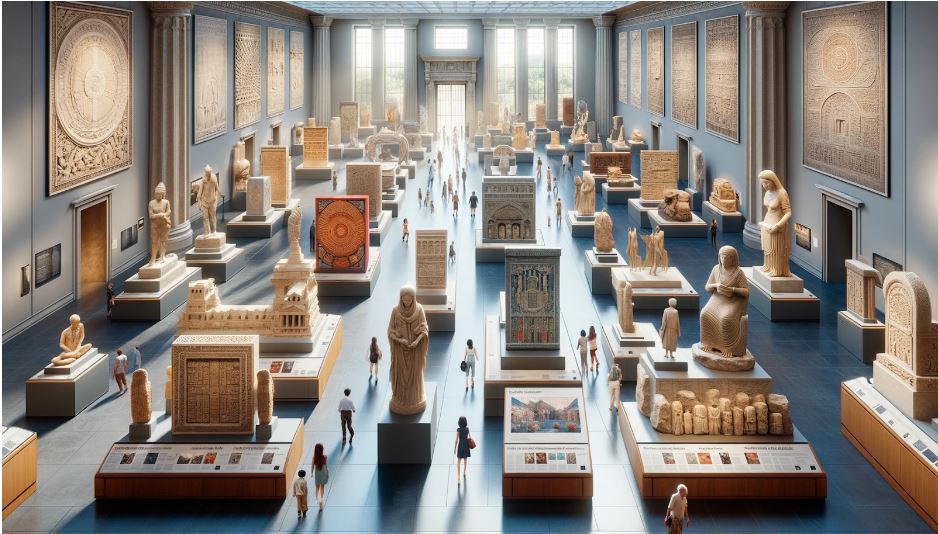Cultural Traditions in Monument Design: A Journey Through Time
Monument design is deeply intertwined with cultural traditions, reflecting the rich tapestry of humanity’s diverse heritage. Across the world, different cultures have developed unique ways to honor and remember their loved ones, often influenced by historical, religious, and societal factors.
In many cultures, monuments are more than just markers of memory; they are sacred spaces that embody the spiritual and philosophical beliefs of the community. For instance:
- Eastern Traditions: Monuments often incorporate elements of Feng Shui, symbolizing harmony between the departed and the living world.
- Western Traditions: Designs frequently focus on individuality and personalization, reflecting the value placed on the unique life of each person.
Historical Monument Traditions in US History
Military Memorials
- Significance: Deeply ingrained in US culture, honoring those who served in various conflicts.
- Design Elements: Often incorporate symbols of bravery, such as eagles or flags, reflecting the nation’s appreciation for its service members.
Historical Figures and Events
- Purpose: Dedicated to influential figures and pivotal events in US history.
- Features: Larger-than-life statues and detailed plaques explaining their significance, serving as educational tools as well as tributes.
Indigenous Cultural Monuments
- Heritage: Reflect the rich heritage of Native American cultures.
- Design: Often incorporate natural elements and traditional symbols, standing as reminders of the deep history and connection of indigenous peoples to the land.
Each of these traditions showcases a facet of America’s diverse cultural tapestry, offering insight into how different communities and historical events have shaped the nation’s collective memory.
Materials and Design Elements
- Western Monuments: Commonly use materials like granite and marble.
- Other Cultures: May use materials like wood, which holds significant spiritual meaning.
- Design Elements: Colors and symbols are carefully chosen to reflect cultural beliefs and traditions.
Inscriptions
- Content: Often include traditional sayings, religious texts, or poems that resonate with the community’s values and beliefs.
- Cultural Influence: Inscriptions are another aspect where cultural influences are evident, adding depth and meaning to the monument.
Understanding Cultural Traditions in Monument Design
Exploring cultural traditions in monument design is a journey through human history and creativity. It reveals how different societies approach the universal experience of honoring the departed, each with its own unique expressions of memory, respect, and love.
- Eastern Traditions: Emphasize harmony and spirituality.
- Western Traditions: Focus on individuality and legacy.
- Indigenous Traditions: Highlight deep connections to nature and ancestral heritage.
Conclusion
This exploration enriches our understanding of humanity and provides valuable insights into the diverse ways in which we remember and pay tribute to those who have passed. The beauty of cultural monuments lies not just in their physical form, but in the stories and traditions they carry forward. They serve as enduring symbols of our collective memory, respect, and love for those who have departed.
Understanding these cultural nuances helps us appreciate the diversity and commonality of human experiences across the globe, uniting us in our shared journey through life and beyond.






Leave A Comment